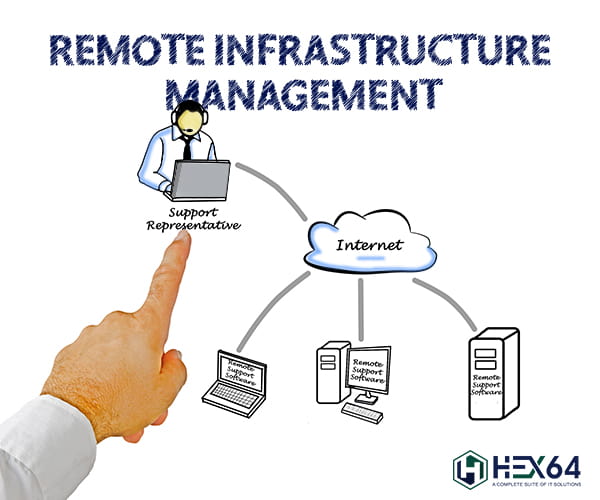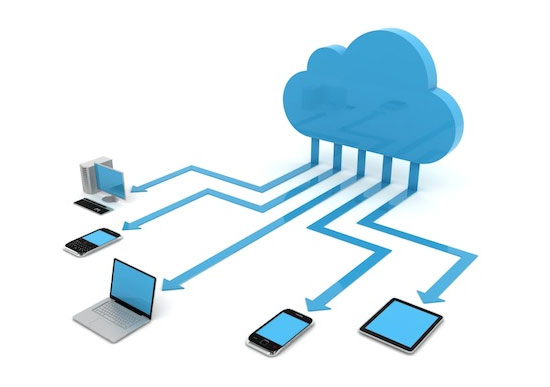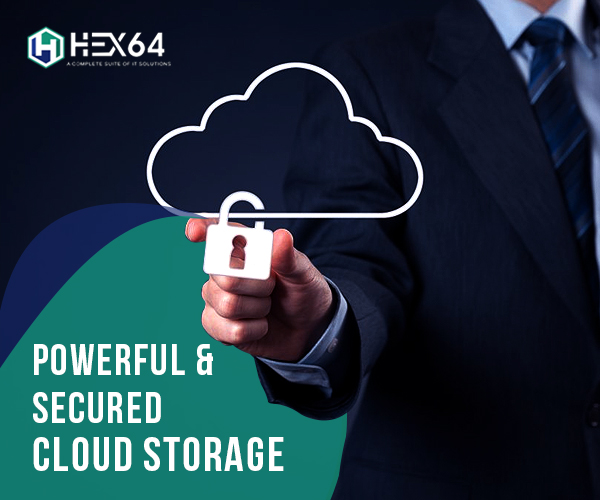Many people are now realizing that working from home is not the same as working from the office. It is a mixed blessing in many ways. On one hand, the coming time is a blessing for anyone to come back. On the other hand, communicating with colleagues is not as easy as face-to-face interactions.
As we adapt to all the changes, individuals and organizations scramble to stay productive while working remotely. In many cases, new tools have been introduced to communicate and share information while staying away from company networks.
Providing networking solutions to support an increase in remote workers, or even installing an entirely new remote working function in a short time frame, is no easy feat. IT teams provided what was required with what was available.
So now that the dust has settled somewhat, and we’re all getting used to a new normal, this is a good time to review your safety posture. The fact is that remote works introduce several security concerns that differ from on-premises work. It is important to review the equipment brought on board, see the risks that come with them, and see what can be done to manage these risks.
Endpoint Security is must
One of the first challenges many organizations faced, as they moved from office to home, was ensuring employees had access to equipment that would allow them to continue to do their jobs.
For employees with laptop computers and company mobile devices, it was not difficult. However, many have had to come up with more creative solutions. In some instances, desktop systems have been sent home with employees. In others, older, but still functional, laptops are taken from storage and allocated to employees. In still other cases, employees are given the option to work using personal devices.
Now that things are up and running and the initial challenges are over, the time has come to consider a security audit. It is likely that some of these tools do not conform to organizational security policies. Some devices may be installed or installed with operating systems (OSes) that may no longer be supported. This obviously poses a risk from a security standpoint, as unused vulnerabilities can be exploited by attackers.
Weak systems should be fully patched as soon as possible. This applies to employee-ownership and corporate instruments alike. Indeed, any system with current access to the company’s resources and data must be up to date with patches.
This almost goes without saying that the login password must be enabled on any device used for work. The screen should also be locked after a period of inactivity. However, many end-users circumvent these security steps, as they are the only ones that use their device. In a remote work environment with a workplace and laptop, which is likely shared with other family members, it is most important to protect confidential information with these basic protections.
Authorized software
To support remote work, employees can turn to a wide variety of publicly available online applications to share and share information with their colleagues. Now would be a good time to use the software requirements of employees, assured software, services, and platforms that are being used and set policies around accepted software for the company’s use.
There are many reasons why this is important. Most of all, with so many applications and services in use, it is difficult to monitor the security of networks with such a large footprint. Reducing the number of sectioned software applications will obviously reduce that footprint, making it easier to monitor.
Similar issues that apply to the OS also apply here: the software must be fully patched and up-to-date. Weaknesses can be exploited in software applications, leading to further malicious activity. Many software companies take vulnerabilities very seriously and work to patch them quickly. It is worth looking at their response time when faced with such issues.
It is also worth noting that consumer-oriented services do not necessarily provide a corporate level of data privacy and integrity. Organizations need to know where business data is located, and what controls are in place to ensure compliance with data management policies and regulations. Consumers or provide free ‘services are not designed to provide data life cycle management. Rapidly implemented quick fixes can easily lead to data breach risks or violations of privacy law, such as the GDPR of the European Union and California’s CCPA.

Connecting to Corporate Network
One can connect to company resources if they have a crucial and reliable tool. First and foremost, a secure connection is a requirement. It may be tempting to use remote access features already baked into the operating system. However, these solutions do not come without risk.
Remote Desktop Protocol (RDP) is an attractive solution for remote access but has several potential security vulnerabilities. In particular, the RDP service can be the focus of brute force attacks, which try to find valid credentials based on stolen credentials through usernames and passwords or legitimate phishing attacks. This system may also be susceptible to human-in-the-middle and denial of service attacks. Although it is possible to securely configure RDP access, it is a best practice not to expose RDP servers to the Internet and rely on protocols for access to your users.
Instead, make sure that you are using a virtual private network (VPN). Many organizations today use VPNs to securely connect to corporate networks from outside. Communications are encrypted, and users are authenticated before the company network is established. Additionally, VPN clients can ensure that the remote system complies with the policy, even installing updates or anti-virus software, for example, as part of the connection process. Non-compliant systems can be prevented from accessing the network until they meet your policy requirements.
Further, multi-factor authentication is a must to ensure that the users logging on to your network are indeed who they say they are. When someone tries to enter your network, confirmation on a secondary device is required before access is granted. This will prevent anyone who has stolen legitimate credentials, or overly curious family members, from gaining access to your network or sensitive systems.
Need to aware about security
The final suggestion is not something you do with your network or devices, but also with your people. Bad actors often take advantage of major news topics in an attempt to trick users and steal information from them or compromise their systems with malware. Our current situation is no different. It is important that your employees are aware of these scams to help prevent them from being hunted.
Cisco threat researchers have been hard at work keeping an eye on the threat landscape. In addition, researchers at Cisco Umbrella provide insights on the rise in malicious domains that are capitalizing on current events and the threats that are currently being taken advantage of.
How to safeguard yourself?
There is no doubt that this is a scramble for several to change their workforce from office to remote. Luckily, Cisco is here to help.
You may have heard that Cisco Vibex extended its free offerings to allow employees to stay connected with their teams and continue operating their business. In the previous month, Cisco has expanded the proposal to cover security for remote employees by extending free licenses and enabling extended usage calculations at no extra charge.
The Cisco Any Connect Secure Mobility client simplifies safeguard access to company networks and gives the necessary security to help and keep your organization unharmed and protected. It also allows you to assess the security posture of the devices that are connecting and manage if they fit company policies.
Duo enables security organizations to confirm the identity of users and build device trust before allowing access to applications. By applying a zero-trust model, it decreases the external attack and minimizes the risk.
Cisco Umbrella’s cloud-based services can defend users from malicious Internet destinations. In addition to extended free offerings, Umbrella has shared tips to protect itself from phishing attacks.
To protect new devices that have been added to the network, as well as existing devices, there is Cisco Advanced Malware Protection for endpoints, which detects the malware as well, including advanced threats. Advanced malware protection can help you control the visibility and control of remote devices, allowing you to see where the threat came from, where it is, what it is doing, and if necessary, compromised endpoints separate it.




